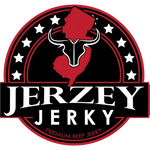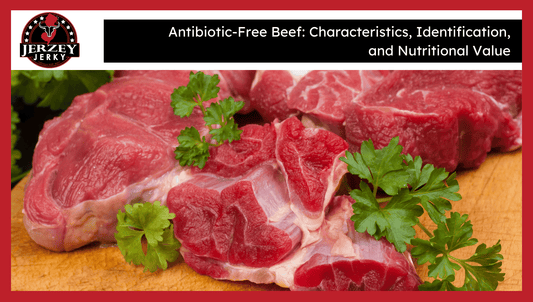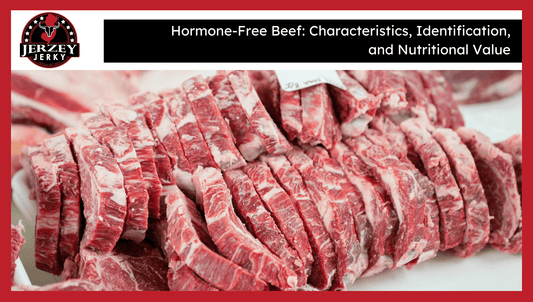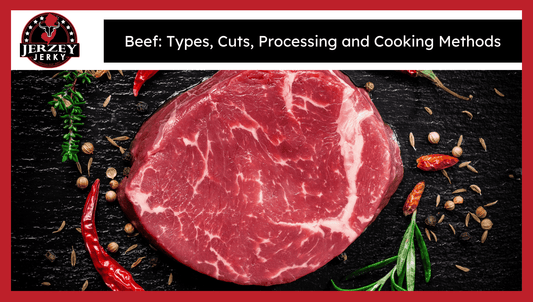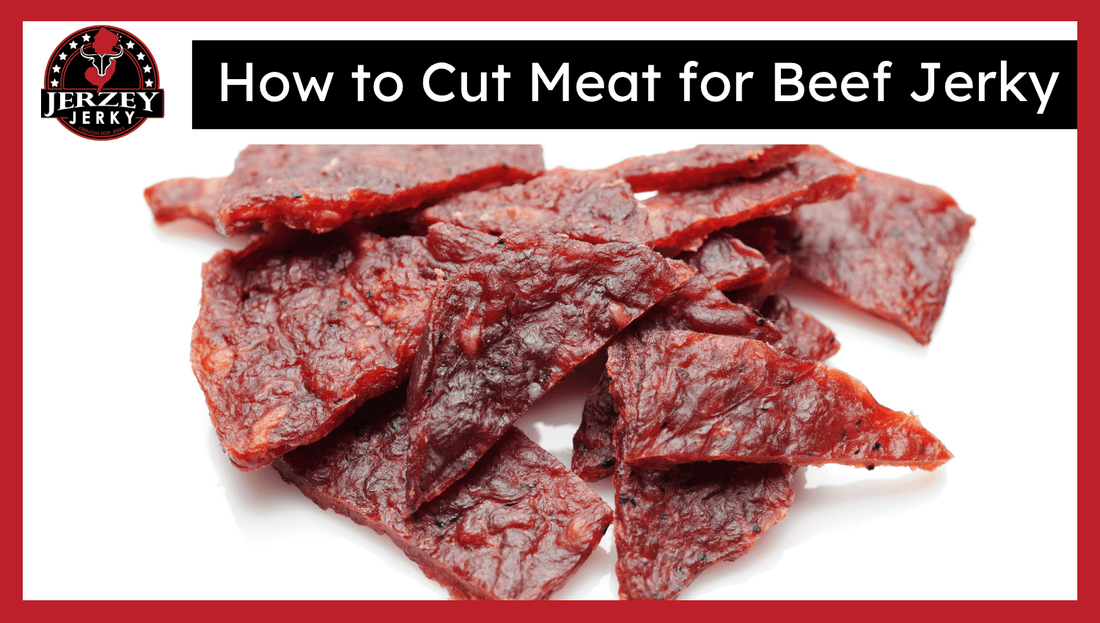
How to Cut Meat for Beef Jerky
Good slicing prevents moisture loss during drying. Slices with consistent thickness between 3mm and 6mm eliminate water. The Texas A&M scientists discovered that the longer drying time by 27 percent because of the uneven cuts posed a risk to the growth of bacteria.
Slicing against the grain tears the muscle fiber and produces tender jerky meat. Cutting along the grain preserves the fibers and makes the bite more chewy. Both of these methods retain flavor, produce texture changes.
Heavy slices absorb water. Research conducted at Kansas State University demonstrates that meat with water activity exceeding 60 percent encourages a high rate of bacterial growth. Even slicing minimizes this risk.
Regular reductions enhance food safety and texture enthusiasm. Uniform slices that are thin and dry in predictable fashions. This preserves the jerky and has a longer storage time without chemical preservatives.

What Cutting Tools You’ll Need for Beef Jerky
Here are the three best tools you'll need for beef jerky:
- Sharp Knife or Meat Slicer: Meat is cut easily and accurately using a sharp knife or a meat slicer. According to the University of Illinois Extension, the muscular fiber destruction is minimized and the texture is preserved with sharp blades. Sharp knives do not cut free fibers making the drying uneven and the jerky poor.
- Cutting Board: A steady slicing board also prevents the meat not slipping unnecessarily. The Food Safety Department of the University of California observes that a smooth surface enhances control and uniform thickness. Non-slip boards minimize accidents and ensure ease of cutting the same size slice in the entire piece.
- Measuring Tool (Optional): Measures are used to ensure the consistency of the slice thickness to make it dry evenly. Experts in meat science identify that divergence exceeding 1 millimeter leads to an uneven loss of moisture. Food-safe calipers or rulers enhance precision particularly with massive cuts of meat to make jerky.
What Should Be the Best Cuts of Beef for Jerky
Here are the top five best cuts of beef for jerky:
- Top Round: Top Round is low-fat and cheap. According to the USDA, it contains less than 5 percent of fat, which makes it tough jerky with an extended shelf life. It is the most general jerky cut.
- Bottom Round: Bottom Round is more tender because of its connective tissue. This tissue deteriorates in the process of drying which causes jerky moisture. It is cheap and commonly preferred to make jerky.
- Eye of Round: Eye of Round has a even shape which makes cutting easier. Even drying is guaranteed because of uniform thickness. It is lean and low in fat and so perfect in high-quality and lean jerky strips.
- Flank Steak: The Flank steak is tough-textured and intensely flavored. Cutting against the grain makes it less tough. This cut produces flavor when cut properly and is tender again when jerky is made.
- Sirloin Tip: Sirloin Tip is lean and of moderate tenderness. There is little marbling and the shape is compact, which enables consistent slicing. This assists in even drying and an enjoyable jerky consistency.
How to Trim the Fat for Beef Jerky
Remove all fat that is visible then cut it. Fat holds water and retards drying and making the texture irregular. Remaining fat on jerky goes bad quicker, emitting nasty odors and tastes. Fat elimination also aids in drying jerky and preserves it. Adequate trimming keeps the jerky safe in storage and enhances its taste to avoid rancidity in storage.
Why Should Meat Be Chilled Before Slicing?
Here are the reasons to chill the meat before slicing:
- Firmer Texture: Meat desiccation renders the meat fibers firm. Sturdy meat does not flatten out when cut into slices and assists you in cutting even chunks of meat. This prevents the board movement and makes the handling easy with no tearing or slipping involved in the process of slicing.
- Cleaner Slices: Cold meat cuts easily since it does not stick and tear. Hot meat is elastic and it wants to untangle and cut. The chilling results in clear distinct lines and the knife moves easily through every cut with improvised resistance.
- Uniform Thickness: Cold meat tends to maintain its shape hence it is easily cut at the same uniform thickness. Even cuts become dry and remain safe. The control of thickness also enhances the texture, and there is no hard or soft spot after drying.
- Less Messy: Meat that is not kept warm results in the leakage of less juice leakage as it is being sliced. This eliminates liquids on the chopping board thereby making the process clean and safe. A dry surface reduces the chances of falling and makes the workplace more hygienic and orderly.
What is the Ideal Slice Thickness for Beef Jerky
Here are the three ideal slice thicknesses for beef jerky:
- Recommended Thickness: Cut meat into thin slices between 1/8 and 1 /4. The thickness range provides straight drying and consistent texture. It reduces the brittleness of the jerky or retention of softness even upon dehydration.
- Thinner Slices: Thin slices of about 1/8 inch dried quicker and acquired a crisp bite. They are more appropriate for less dense textures and decrease water absorption. Quicker drying is helpful with regard to safer storage as well since there are minimal conditions for bacteria to thrive.
- Thicker Slices: Thinly sliced ones that are near a 1/4-inch give a chewier mouth feel. Thick slices take longer to dry and contain more moisture making jerky have a denser bite. This texture is appropriate for old-fashioned styles where longevity of chewing and intense taste are important.
What are the Common Mistakes to Avoid While Cutting Beef Jerky
Not trimming fat raises storage problems. Even a little fat left during the processing is degraded after some time, altering the jerky taste and consistency. Clean trimming also guarantees the quality of the produce and rules out early spoilage during storage.
The inconsistency in the results is obtained when meat is cut without inspecting its thickness on the surface. Dryness levels are also varied on the jerky piece which implies both texture and astringent taste in the final culmination.
Omitting the partial freeze process makes the meat bend when cutting. That motion prohibits straight cuts and causes more cutting mistakes particularly of lean, smooth cuts.
Failure to label the grain direction confuses later. The grain is difficult to observe after freezing, which leads to the incorrect slicing method and undesirable texture.
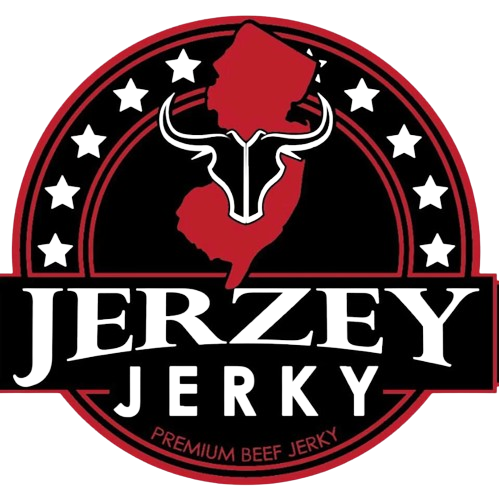
 2025-07-23
2025-07-23
 Wayne Holland
Wayne Holland
